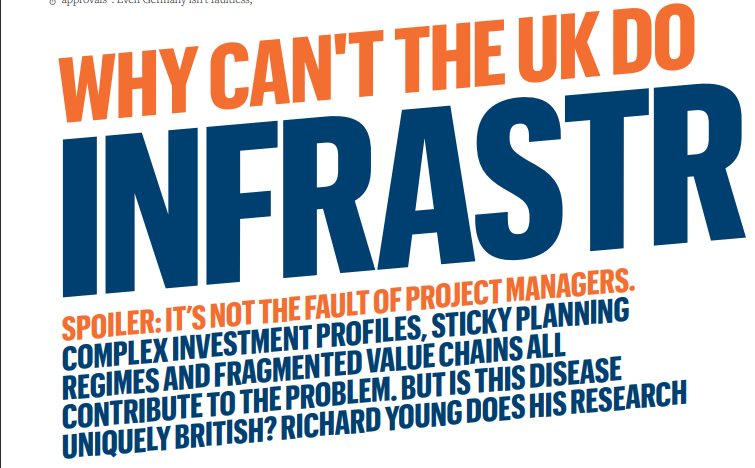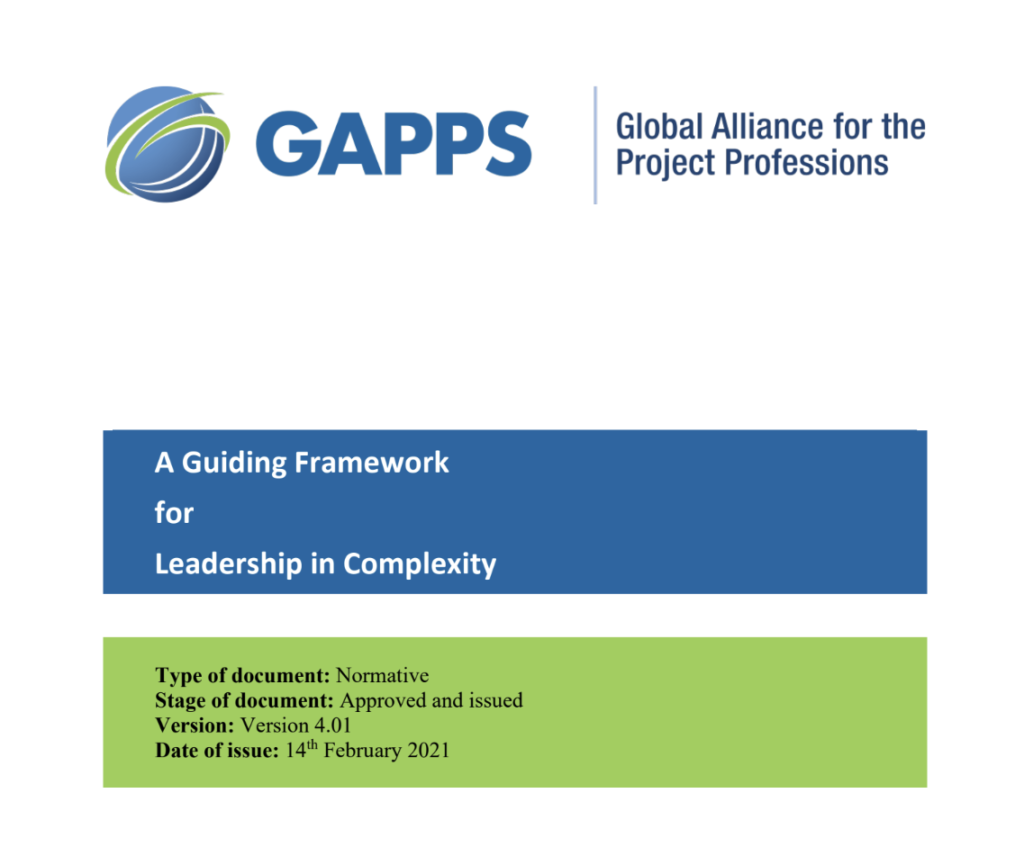
Two Reasons the Traditional Project Management Approach Will No Longer Suffice
Before Covid-19, one might say that the business landscape has been experiencing speedy changes. But the rate of change we have experienced over the last few years have been nothing short of alarming. From healthcare, logistics, retail to project management; the impact cuts across industries, organisations and countries. More so, the last few years has revealed the full societal, economic and technological implications of Covid-19 on project management as a practice. The level of disruption the pandemic had brought to organisations and businesses was one we have had to deal with for a long time. Before Covid-19, there were arguments that the traditional project management practice which brandishes cost, time and quality as its topmost priorities will no longer suffice in the coming years. That argument hits home now more than ever. This blog article explores two reasons why traditional project management processes may not hold water any more. But first, let’s see some perspectives.
Workers are experiencing more stress than we have ever recorded in the past decades. In the UK alone, studies reveal that stress is the result of a hodgepodge of unnecessary meetings that would have been settled over emails (60%), unwarranted emails (55%), unanticipated phone calls (44%) and a breakdown in collaboration (28%) leading to too many oversights (30%). Put together, these factors are contributing to the productivity slack of project managers in no small way. As if that’s not bad enough, studies also reveal that over 36% of UK based-project managers reported that the recent disruption resulted in lost productivity. 35% recorded low confidence and high staff turnover while 28% claimed they’d missed multiple deadlines. The stats are not surprising at all. Especially now that the present-day project manager is swarming with information overload, inadequate processes to handle project demands, poor data reporting processes, convoluted schedules and detached tools.
In the past, the argument could have been that “project managers are not equipped to deliver on the job.” But that argument quickly falls apart when you consider the level of training most project managers undergo to earn their stripes. What if the problem is not about the project manager but the tools and processes he/she uses? What if traditional project management is akin to buggy whip makers who ran aground because they failed to produce engine belts for cars? What present-day realities make the traditional project management approach old-fashioned?
1. Increasing Disconnectedness Among Teams:
Perhaps one of the biggest downsides of the traditional project management approach is the disconnectedness of its processes. A 2014 UK-based study by Workfront revealed that 72% of company workers admitted that they were out of touch with what other team members were working on. As a project manager, when you are not up-to-date about what your team is working on, that could translate to more hours trying to make sense of figures and an awful exchange of calls and emails while preparing reports for your stakeholders. This is no exaggeration.
The same study also reveals that project managers burn up to 12 hours weekly compiling reports. That’s okay. But when that report data has to come from hours of meetings every month, the stress can be back breaking. Besides, this over immersion in a broken process keeps most professionals in a bubble of their own. When you are in a tight bubble trying to meet multiple deadlines, how much attention can you give to what others are doing? That’s only reason number one.
2. Less Flexibility for Ad hoc tasks:
Ad hoc tasks are the new reality of the typical workplace. Picture this! Here you are bent on your desk, pouring all your focus to meet a deadline for 3pm. when your senior colleague dumps a huge pile of work requests on your desk saying “I’d like to have this report submitted at 3:30pm. While that is happening, a fellow wants you to digest a document and give feedback quickly. He/she sugar-coats the request with “it would take only a few minutes.” But that’s not true. On the virtual side, your email is teeming with pending requests, follow-ups from the previous week and of course, new tasks carrying the important red flag. I have been here. Ad hoc requests are not bad in themselves. However, the traditional project management process does not factor in these little foxes.
This is bad news already because recent studies reveal that IT firms burn between 45% to 55% of their time on ad hoc tasks. Adding to that, the average worker gets interrupted multiple times daily. On average, it could be up to seven interruptions per hour. Each interruption takes a chunk of five minutes. Put together, this makes up to 50% of the average workday. This reality is also true for firms outside the IT space. While we preach multi-tasking in the corporate world, the reality is project managers can only focus on one task at a time. Anything other than that will diminish the quality of output.
Put these factors together, and it starts to make sense why traditional project management processes do not reflect the reality of our day. The average project manager now battles tech, work-related issues and with the popularisation of remote working, more distance between teams. These realities do not fit the traditional working style we are used to. For the importance of the profession and what it contributes to humanity, project management deserves a more reliable approach.
The Way Forward:
What project management needs is a system that incorporates planned and unplanned work. Such a system must accommodate both technical and business users. It must also reflect both Agile and Waterfall methodologies of project management. Going forward, the priority for project management approach should tend towards remote work, virtual collaboration and a healthy emphasis on automation.






